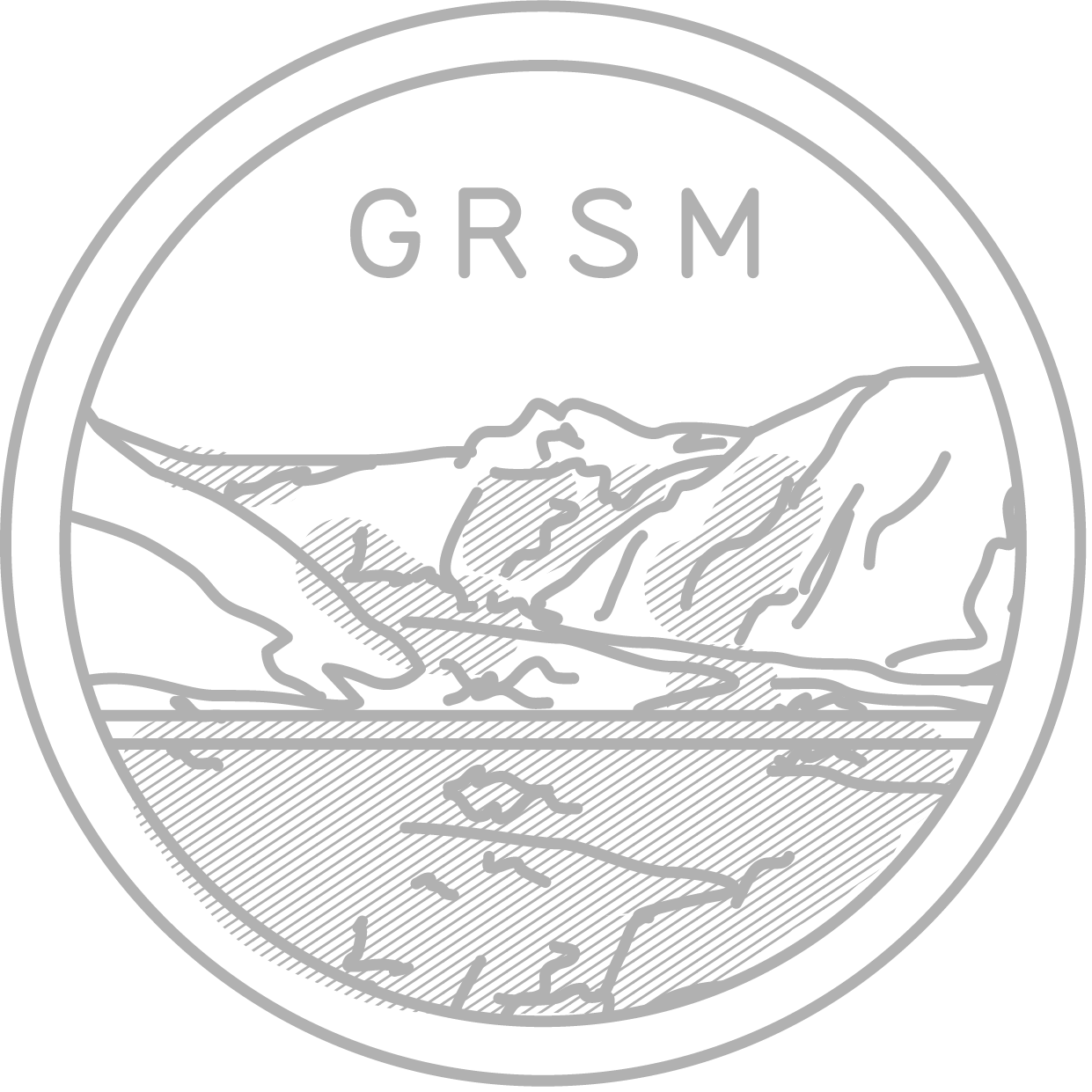Case Study
Great Smoky Mountains National Park


Clear Solutions for Parks
Millions of people visit U.S. national parks and wilderness areas each year to see some of the most awe-inspiring views in the world. Visitors imagine national parks as having the…
See more ›The mountains originally got their name — the Smokies — from the ever-present “blue mist” produced by creeks, rivers and native vegetation in the area. However, over the years, the name has taken on a new meaning as the park and surrounding communities continue to struggle with air pollution from coal plants, vehicles and industrial facilities operating outside of the park’s borders. While the air quality is much improved in recent years, pollution continues to block scenic views, damage plants and streams, and put the health of park visitors and communities at risk.
Air pollution can travel hundreds of miles, affecting the air quality in national parks and communities far from the original source. While Great Smoky Mountains sits between Tennessee and North Carolina, the air pollution that plagues the park comes from facilities across the Southeast region and even as far away as Illinois, Indiana and Missouri.
In 2013, the Tennessee Valley Authority began cleaning up and shutting down many of its outdated coal plants, resulting in measurably better air quality at Great Smoky Mountains. NPCA and other organizations were instrumental in securing these improvements by pushing for proper implementation of the Regional Haze Rule, mandated by the Clean Air Act, that protects the air in our national parks. But while the region has made progress, Great Smoky Mountains is still one of the most polluted national parks in our country, as approximately 200 facilities across the region are known to be responsible for dirtying the air in this treasured park and surrounding communities.
Right now, Tennessee, North Carolina and other Southeastern states have an opportunity to create strong plans to limit pollution from their coal plants and other industrial facilities. Southeastern states can and must do better to ensure more polluting sources are cleaned up, modern pollution controls are required, and outdated facilities are retired as soon as possible. In addition, Southeastern states and utilities must shift to solar and other renewable energy that can provide new job opportunities for people in the region, including those who are transitioning from work in fossil-fuel industries. Together, these actions would significantly decrease emissions, ensure Americans can breathe cleaner air and see clearer skies, and protect Great Smoky Mountains for future generations to experience.
*Rankings and data points above are based on emissions from different industrial sectors, which utilizes data from EPA’s 2017 National Emissions Inventory (NEI) and EPA’s 2019 Air Markets Data Program (AMPD) for power plants. For more information, please visit the Sources of Visibility Impairing Pollution interactive map or contact Daniel Orozco at dorozco@npca.org.
Make a tax-deductible gift today to provide a brighter future for our national parks and the millions of Americans who enjoy them.
Donate Now


